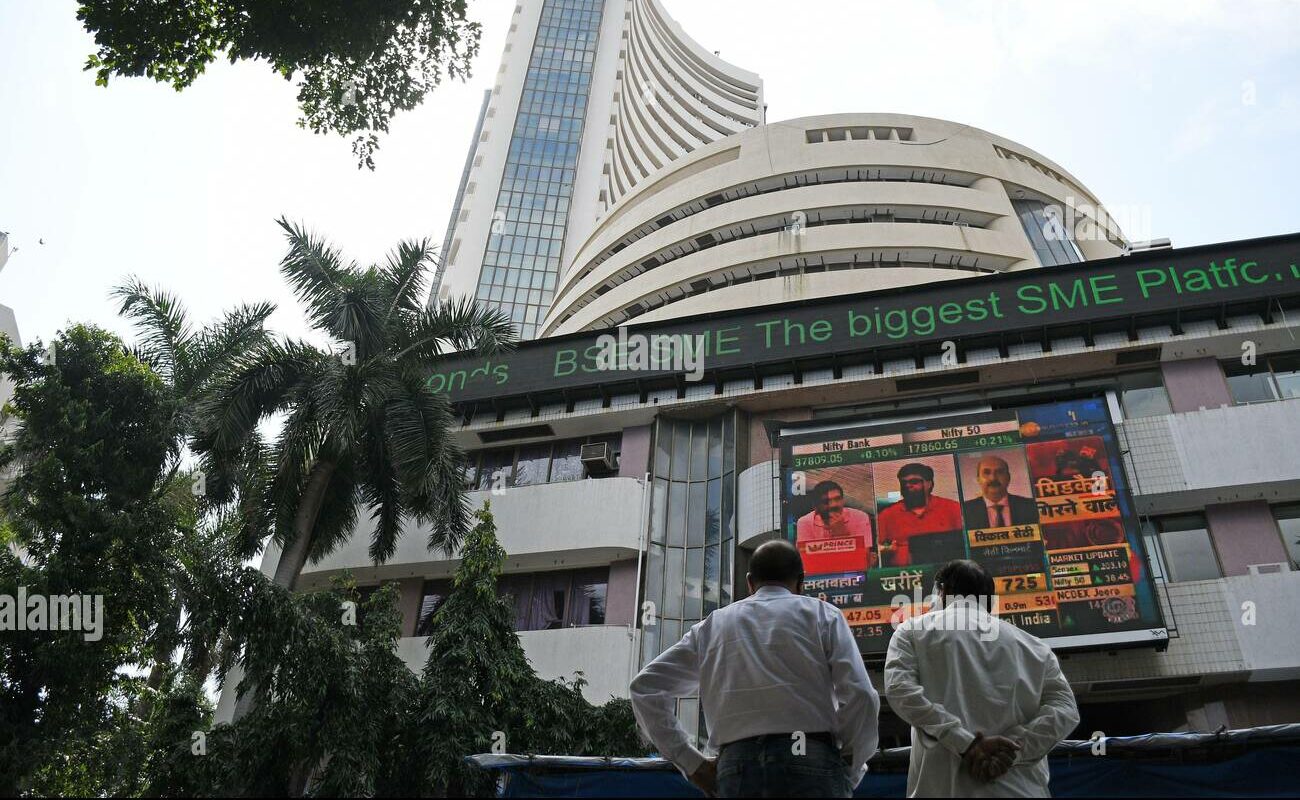The Bombay Sensex is a leading indicator of investor confidence and economic vigour in India’s busy financial scene. Sometimes known as just the Sensex, it is an essential indicator of the Indian stock market as it shows the overall performance of the leading businesses listed on the Bombay Stock Exchange (BSE). However, there is more to this story than just statistics and indexes; it is a tale of resiliency, expansion, and the complex interplay of market forces that determine India’s economic course.
- When the Bombay Stock Exchange launched the Sensex in 1986, it was made up of thirty of the biggest and most frequently traded equities on the market. It has grown over time to encompass 50 carefully chosen equities that represent a wide range of industries, from manufacturing and consumer products to banking and technology, and it has come to symbolise India’s economic might.
- Fundamentally, the Bombay Sensex is an essential instrument for analysts, investors, and decision-makers because it offers insightful information on the health and trajectory of the Indian economy. The Sensex’s fluctuations are keenly watched for clues about investor confidence, market mood, and the state of the economy. A rising Sensex frequently denotes prosperity and confidence, while a falling index might portend future economic difficulties or uncertainty.
- Beyond its use as a simple barometer, however, the Sensex represents the spirit of Indian entrepreneurship and perseverance in the face of hardship. It has seen many storms throughout the years, including uncertainty in internal policy, international conflicts, and global economic crises. Nevertheless, despite all, the Sensex has continued to be a representation of security and potential, drawing in local and foreign investors eager to profit from India’s economic miracle.
- The rich fabric of Indian culture, heritage, and variety is reflected in the Bombay Sensex, which represents more than simply market dynamics. Every stock symbol represents a different corporation with a distinct history, mission, and impact on the Indian economy. The Sensex, which drives innovation, job creation, and economic advancement, embodies the collective hopes and endeavours of India’s business sector, from century-old conglomerates to nimble startups.
- The Sensex also acts as a stimulant for more general economic growth by directing money towards profitable ventures that promote wealth and expansion. The socioeconomic fabric of India is strengthened as businesses listed on the Sensex grow, invest in infrastructure, and generate jobs, hence enhancing lives and empowering communities.
- The Bombay Sensex has seen incredible milestones and accomplishments in recent years, which is indicative of India’s rise to prominence as a worldwide economic superpower. Riding high on the backs of strong domestic demand, technological innovation, and structural reforms aimed at making doing business easier, the index reached unprecedented heights, breaking beyond the coveted 50,000 barrier in early 2021.
In summary, the Bombay Sensex is more than simply a number; it is evidence of India’s tenacity in the face of adversity, spirit of entrepreneurship, and dedication to development. Amidst the dynamic landscape of the Bombay Sensex, emerging players like 5Paisa have made their mark, offering innovative investment solutions and democratizing access to the stock market for retail investors. It throbs with possibility, the beating heart of the Indian stock market, enticing investors to join India on its revolutionary path to wealth and inclusive progress.








